
Vadsø Cultural Trail
Provided by:
Vadsø Næringsforening

Join a cultural-rich tour through the town of Vadsø

Provided by:
Vadsø Næringsforening

Join a cultural-rich tour through the town of Vadsø
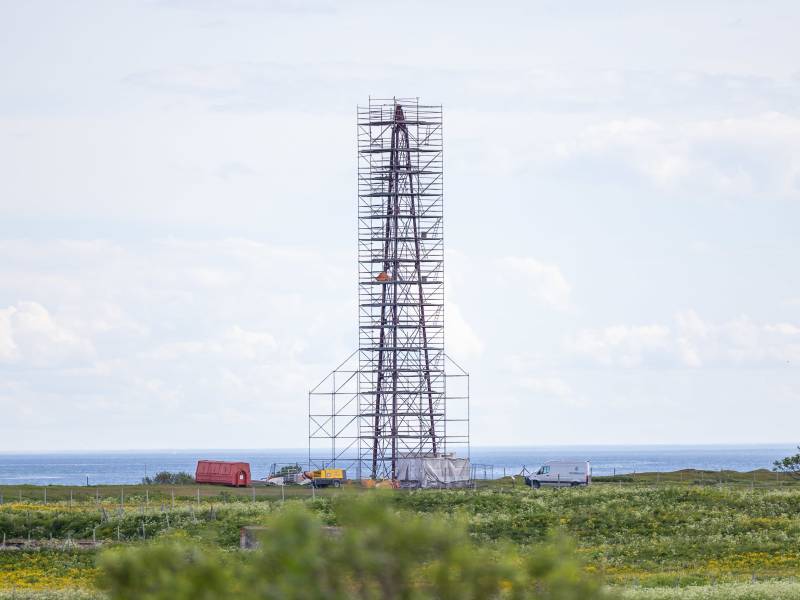
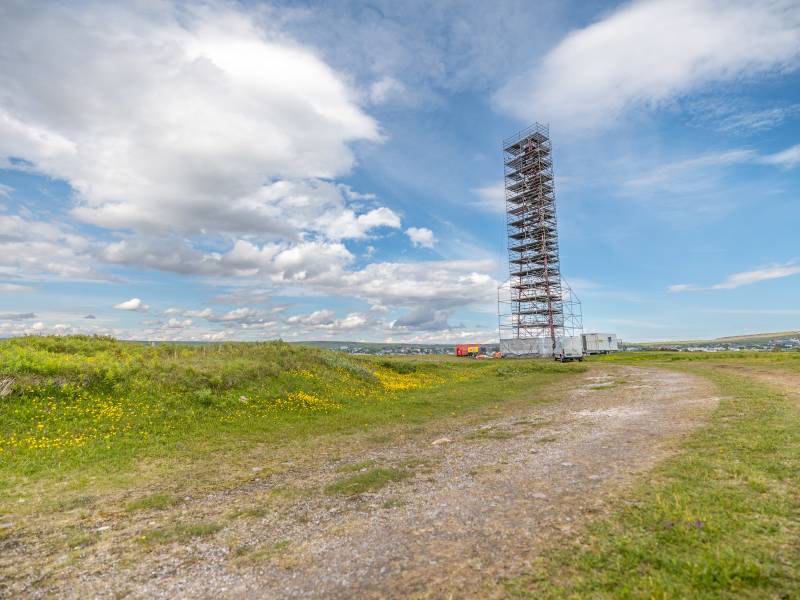
You are now at Vadsø Island, the first point in this guide. Vadsø Island has a unique memorial, namely the airship mast. The airship mast was constructed by the Italian Umberto Nobile. It served as a landing place in connection with Roald Amundsen's expedition over the North Pole with the airship "Norge" in 1926. The airship "Italia" with Nobile as captain also made a stop here in 1928. The mast is Vadsø's most spectacular and well-known cultural monument, as well as one of the most important. The next point on the cultural route is Esbensengården, where merchant Rasmus Gallberg Esbensen wrote weather logs from 1880-1930, which led to the airships Norge and Italia making a stop in Vadsø.
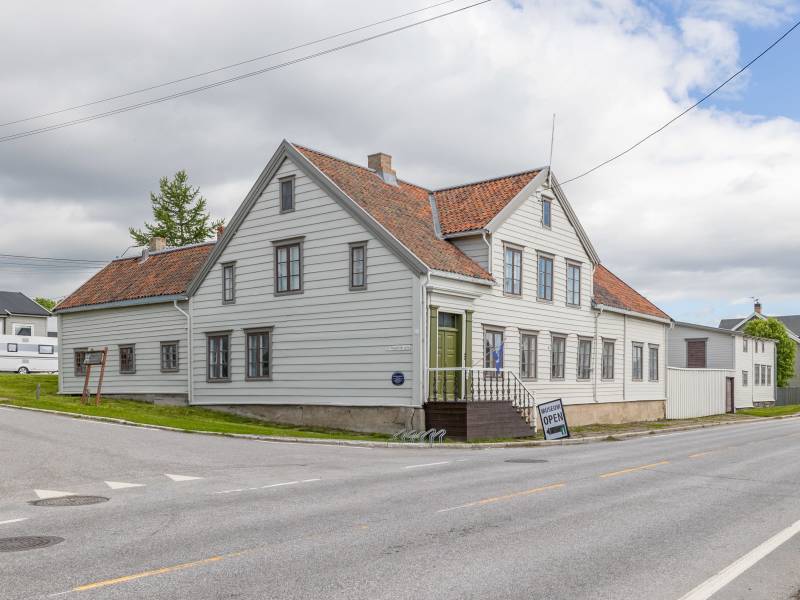

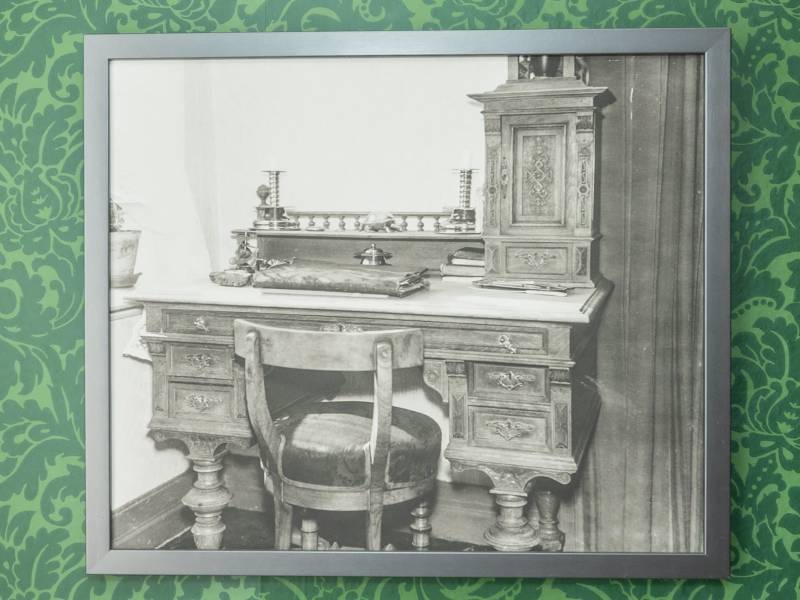
Esbensengården was built by Rasmus Gallberg Esbensen in 1848. Merchant Rasmus Gallberg Esbensen (1827-1914) established his trade business in the town, which was growing rapidly at the time. Together with his Danish wife Mathilde Henriette Brammer (1826-1896), they built a large trading facility. In addition to the residential house, there was a quay facility with 4 large warehouses and a shop on the south side. West of the house, a reindeer grazing garden was established, and in the north, a garden with an accompanying gazebo. If you walk one street up, you will come to Tuomainengården. This is a farm that is actively used by the people of Vadsø even today.
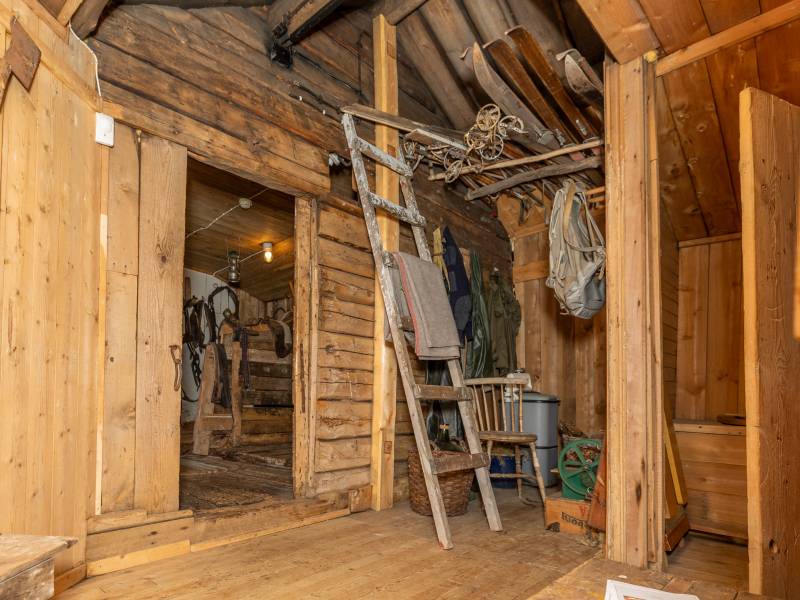
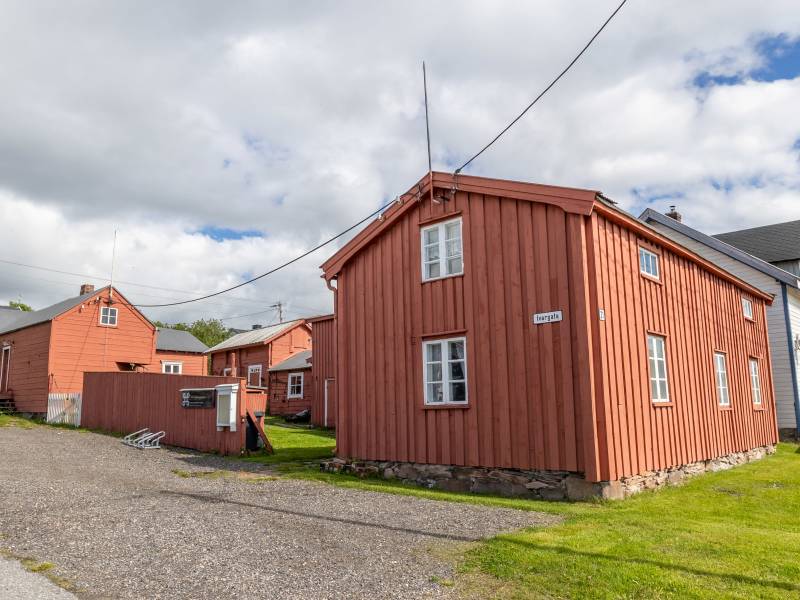
You are now at Tuomainengården, which was built by Johan Petter Vinikka in 1851 and was called Vinikkagården until the Tuomainen family moved in. Karoline and Karl Tuomainen bought the farm in 1918. The family engaged in fishing and small-scale farming. On the farm, they had both sheep, cows, an ox, and a horse. For the newly immigrated Kvens, the horse was traditionally an important tool in agriculture. It was also so in Varanger. In the stable, you can see old horse equipment today. Much of this was made on the farm.
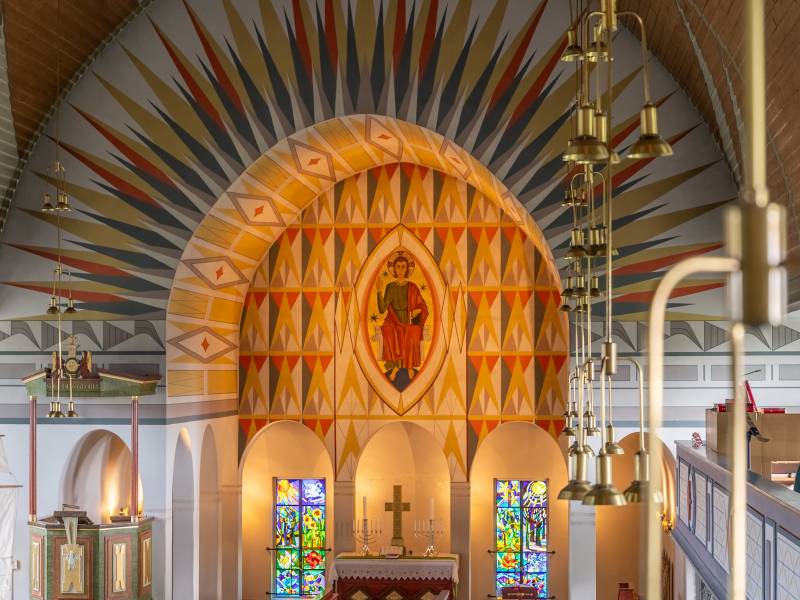
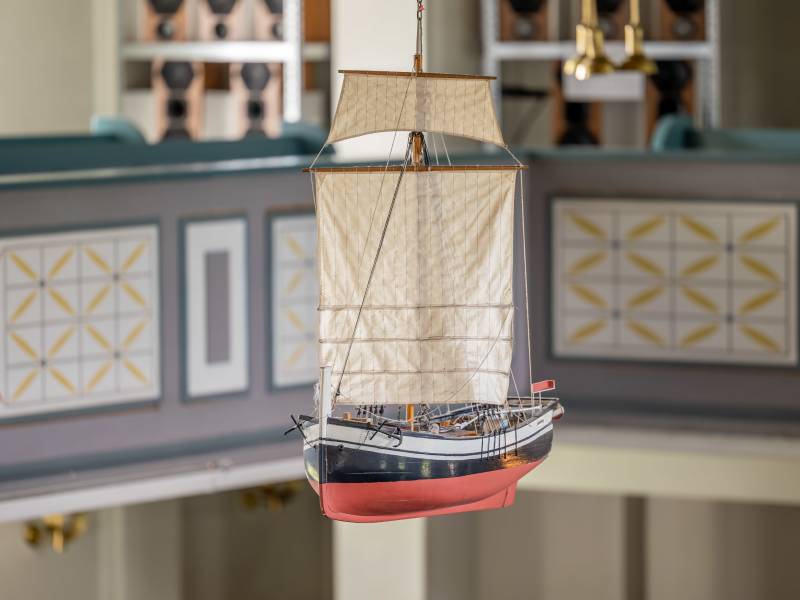

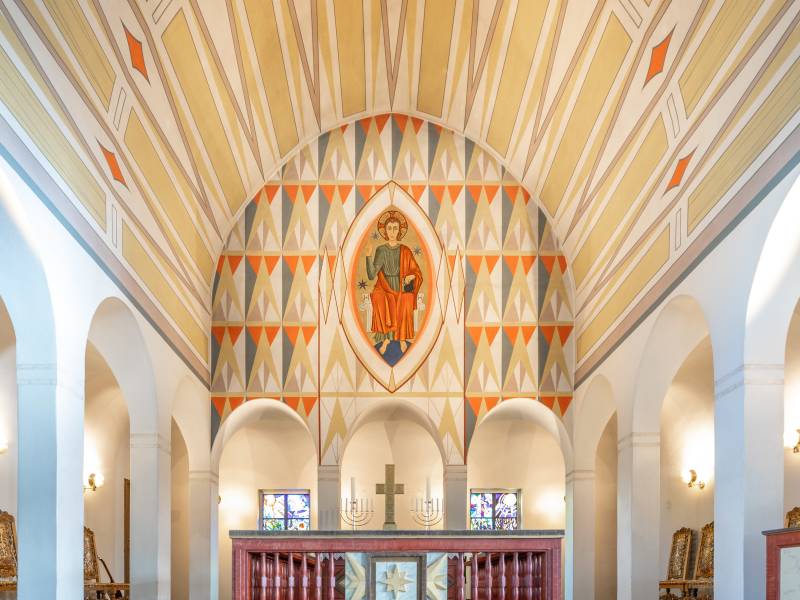
The church you see in front of you now is the fourth church that has been built in Vadsø. The new church was constructed in 1958 and was called the Arctic Ocean Church by architect Magnus Paulsson. He calls it this because the church door is placed between two towers that resemble large icebergs. The church's decoration was carried out by Grete Thiis Schjetne.
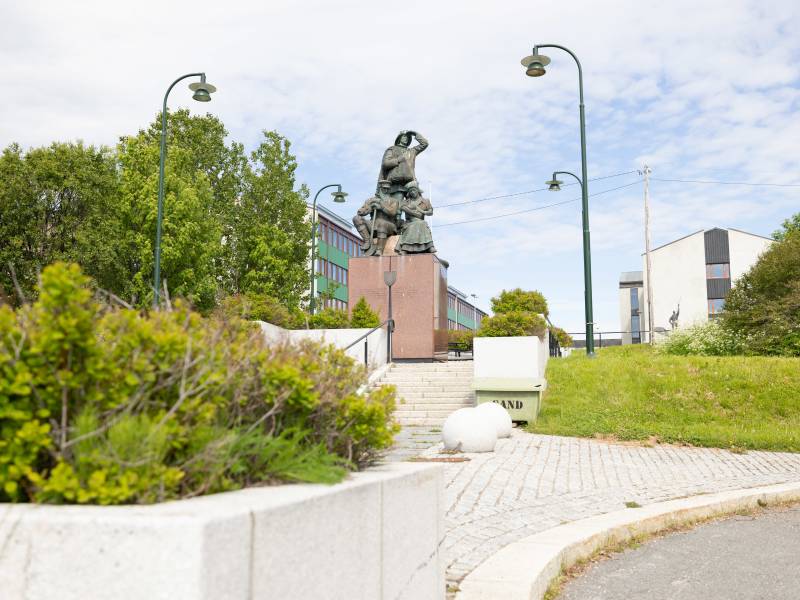
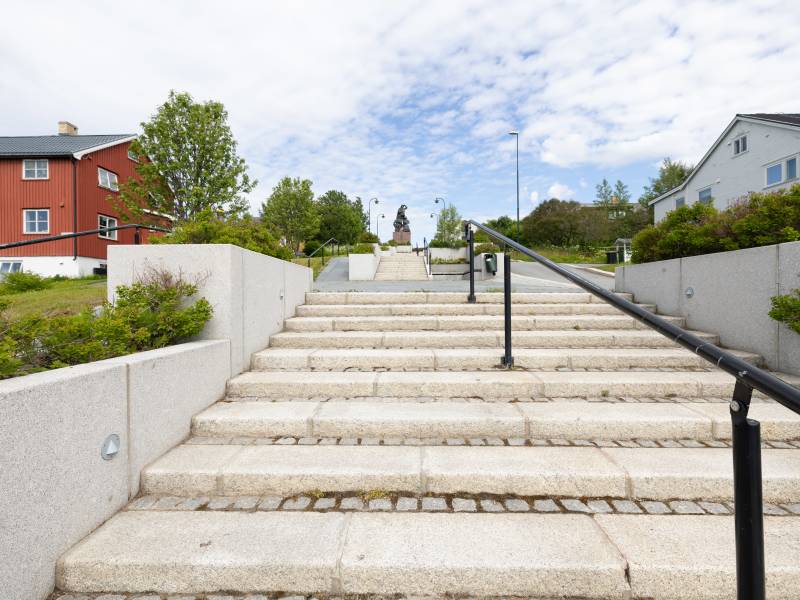
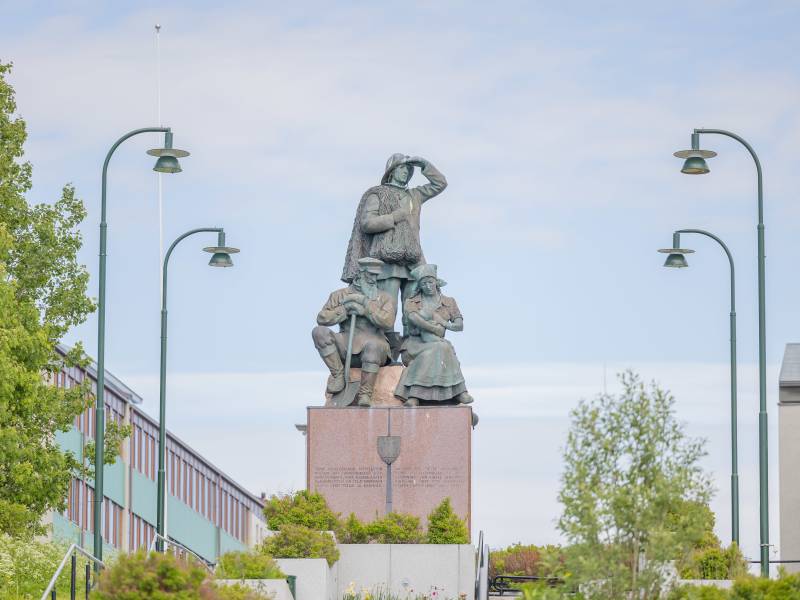
The monument was unveiled by King Olav in 1977. King Carl Gustav of Sweden and President Uhro Kekkonen of Finland were also present. This memorial made the Kvens visible as a separate group and recognized their historical significance.
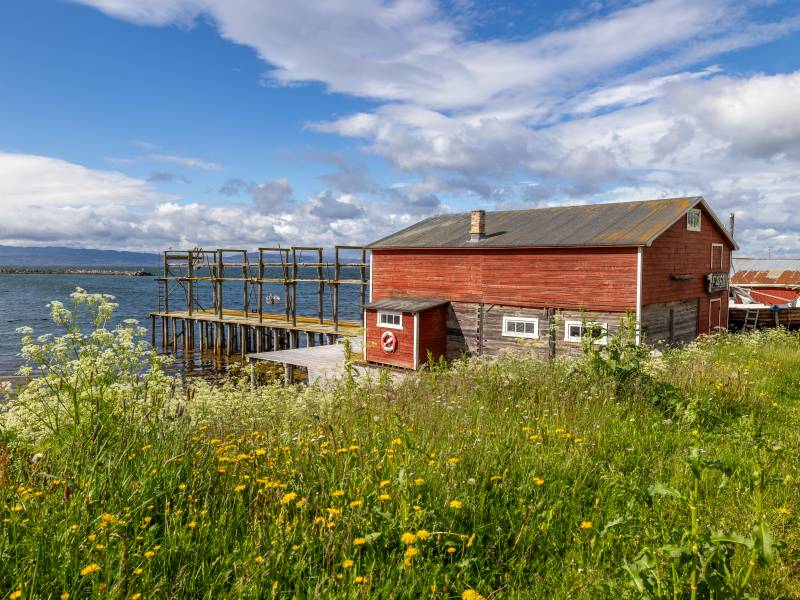
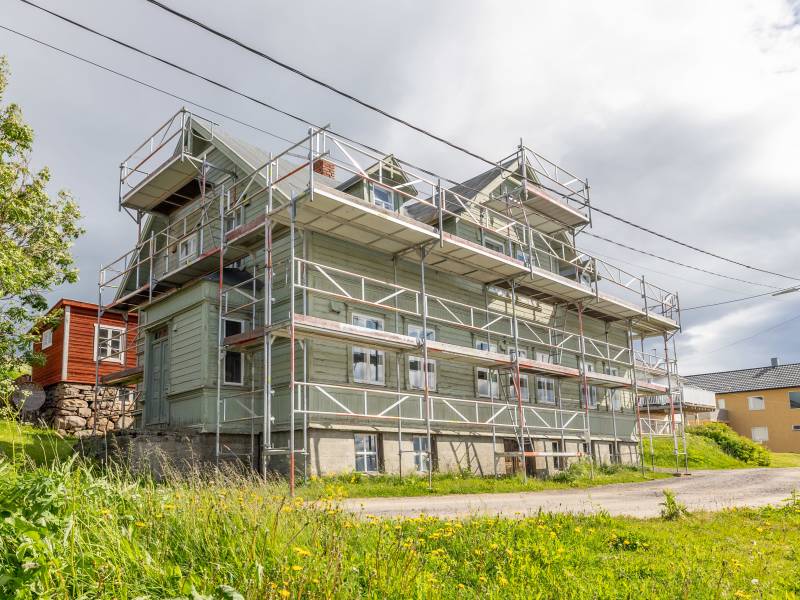

Bietilægården is a farm from the 1800s. The farm has traditions from coastal culture and agriculture. It was built by Kven immigrants and consists of a residential house, three barns, a quay facility, and a slipway for boat launching. The farm is located in inndrebyen in Vadsø, formerly called Kvenby. The first residents of the house came from Kemi in Finland, but since then several families have lived there simultaneously. These families have lived off fishing, farming, and transporting goods by boat. The farm is typical of the architecture that characterized Vadsø before World War II. The farm was protected in 1990, and after many years of standing empty, it was eventually restored with funds from the Directorate for Cultural Heritage and under the leadership of Finnmark County Municipality. You have now completed the entire cultural trail. I hope you have learned a lot about the history of Vadsø and continue to explore our beautiful city. We hope to see you again soon with even more points for you to explore.